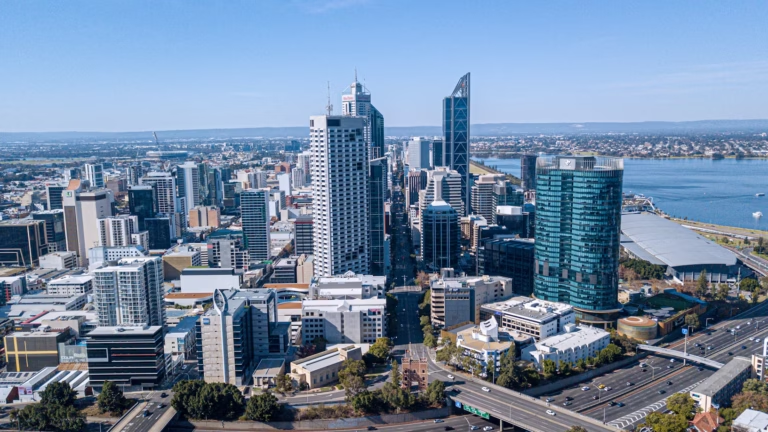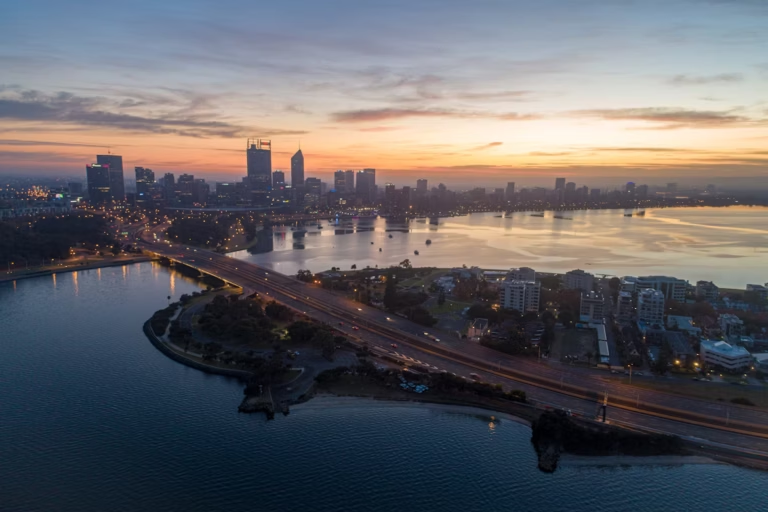Crime Prevention Through Environmental Design—commonly known as CPTED—is a proven framework for making places safer by influencing how spaces are designed, used, and maintained.
A well-executed CPTED report can help councils, developers, architects, and asset managers reduce the risk of crime and antisocial behaviour while improving how people interact with an environment.
At Smartsec Security Solutions, we go further than generic checklists. Our CPTED reports are context-rich, tailored to your site, and grounded in real-world conditions—offering meaningful insights that support funding submissions, planning approvals, and strategic upgrades.
We combine CPTED principles with practical experience, ISO-aligned risk methodology, and a deep understanding of WA’s planning and safety expectations.
What Is a CPTED Report?
A CPTED report assesses how the design, layout, and function of a space may contribute to—or help prevent—crime and antisocial behaviour. The goal is to identify environmental factors that influence safety and behaviour, then recommend changes that encourage positive use and discourage misuse.
A standard CPTED report typically covers areas such as:
- Natural surveillance
- Access control
- Territorial reinforcement
- Maintenance and management
- Lighting and visibility
- Landscape and vegetation control
- Support for legitimate activity
These principles are then applied to the space in question, whether it’s a park, laneway, community facility, public carpark, or commercial development.
How Our CPTED Reports Go Further
Many CPTED reports rely on surface-level assessments and generic templates. We take a more thorough, evidence-based approach that includes:
Contextual Understanding
We take time to understand how your site is used, who uses it, what challenges exist, and what broader planning or operational goals you’re working towards.
This includes:
- Reviewing historical incident data (if available)
- Understanding nearby services and community dynamics
- Speaking with key stakeholders, such as rangers, place managers, or community safety officers
- Factoring in upcoming projects or changes to site use
Detailed On-Site Observations
We conduct comprehensive site inspections during the day and, where needed, after hours—paying attention to real-world behaviours, environmental factors, lighting performance, and concealment risks.
Our assessments are supported with photographic documentation, so you can clearly see what’s working and what needs improvement.
ISO-Aligned Risk Framing
Our CPTED reports are more than design advice—they’re backed by ISO 31000:2018 Risk Management methodology. This ensures risks are clearly defined, prioritised, and framed in a way that supports capital planning, insurance, and compliance.
Practical, Prioritised Recommendations
Rather than providing a long list of changes with no clear direction, we structure our CPTED recommendations as:
- Quick wins (low-cost, high-impact actions)
- Medium-term improvements
- Long-term planning options
This makes it easier for teams to plan, fund, and implement upgrades progressively—while still achieving meaningful safety outcomes early.
Who We Help with CPTED Reports
We work with a wide range of clients who require CPTED reports for different reasons, including:
- Local governments and councils
- Developers and architects
- Urban planners and place activation teams
- Shopping centre operators
- Schools and universities
- Transport hubs and public realm projects
Whether your CPTED report is needed for a DA submission, grant funding, a community safety review, or a project feasibility study, we deliver what you need—clearly, professionally, and with insight.
When Should You Request a CPTED Report?
CPTED reports are valuable at various stages of a site or project lifecycle:
- Early in the design phase, to guide safe, functional layouts
- As part of a planning application, where CPTED is a condition of approval
- When upgrading existing public spaces, especially those experiencing loitering, vandalism, or low activation
- After an incident, to inform long-term prevention
- During budget or strategy reviews, to prioritise safety-related capital works
We also support multi-site reviews for councils or property owners seeking consistency across precincts or assets.
What’s Included in Our CPTED Reports
Every CPTED report we deliver includes:
- Executive summary and key findings
- Site context and user behaviour analysis
- Crime and safety observations (including localised issues, where available)
- Assessment against core CPTED principles
- Lighting, landscape, and access evaluations
- Photographic references and mapped insights
- Prioritised recommendations (short, medium, and long-term)
- Optional integration with ISO risk matrix or HVM (Hostile Vehicle Mitigation) where relevant
Our reports are written in plain language, suitable for internal teams, planning authorities, or funding bodies.
Why Choose Smartsec Security Solutions?
- We are 100% independent—we don’t sell or install equipment
- Our CPTED reports are based on real-world evidence, not just theoretical models
- We have experience delivering CPTED for WA councils, civic spaces, parks, laneways, retail precincts, and education campuses
- Our work is aligned with ISO 31000, local planning policies, and CPTED best practices
- We tailor our findings to suit funding, strategy, or planning needs
- Our recommendations are practical, staged, and easy to action
We care about outcomes—not just checking boxes.
Need a CPTED Report That Goes Beyond the Basics?
If you’re looking for a CPTED report that’s more than a template, Smartsec Security Solutions can help. We deliver in-depth assessments that align with your goals, reduce crime risk, and improve the safety and usability of your space.
To request a CPTED report or learn more, visit our Security Consulting Services page.
Let’s help you design safer, smarter environments—through insight, not guesswork.



